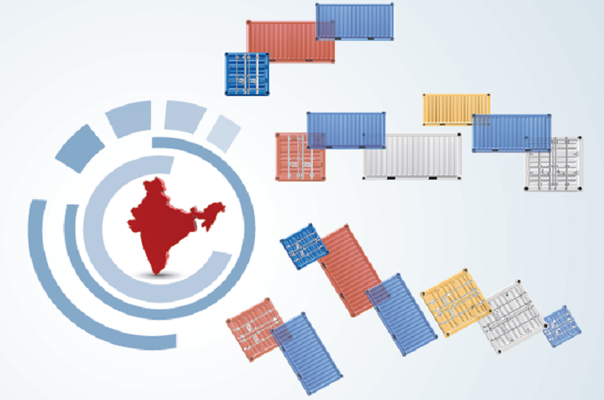
ITC launches business guide on India’s Duty Free Tariff Preference Scheme for LDCs
Entrepreneurs in least developed countries (LDCs) looking to boost exports can now take advantage of a business guide on India’s Duty Free Tariff Preference (DFTP) Scheme.
The guide – published under the International Trade Centre’s (ITC) Supporting Indian Trade and Investment for Africa (SITA) project – is designed to raise awareness and increase understanding of the preferential scheme among African businesses.
The goal is for more businesses to take advantage of the scheme, eventually resulting in increased trade and investment between India and African countries.
The business guide outlines key features of the scheme in a reader-friendly manner. Written in the format of ‘frequently asked questions’, it clarifies complicated issues that exporters and trade policy officials commonly face.
Topics include the rules of origin criteria, import regulations and standards requirements, which are often problematic for small and medium-sized enterprises and exporters in LDCs.
By reviewing the main concepts and step-by-step instructions in the guide, exporters in East Africa can gain a clear understanding of how to make use of the opportunities provided by the DFTP scheme and further benefit from trade relationships between the continents.
The DFTP scheme, which entered into force in 2008, opened major trade opportunities in the Indian market for businesses in East African LDCs by eliminating import duties on what is now more than 96% of India’s tariff lines.
However, these countries have not been able to fully benefit from the scheme in the past seven years, due to limited information and awareness, as well as constraints to supply-side capacity.
SITA is addressing these issues by creating business linkages, facilitating dialogue between policymakers and the business community, and improving the capacity and competitiveness of East African companies and trade and investment support institutions.
Access the guide here.



